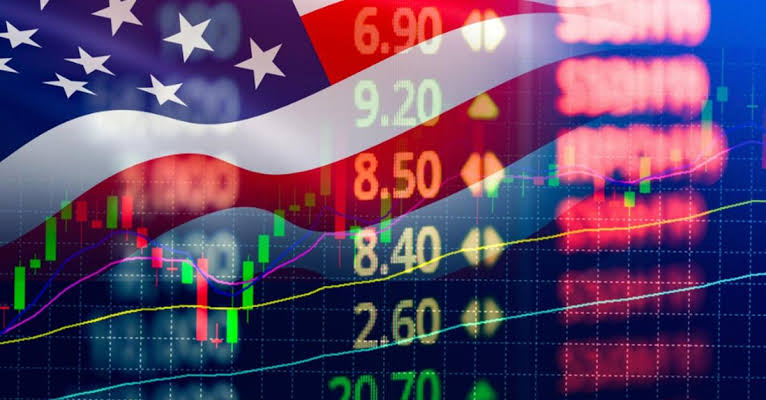Market Analytics and Considerations
Key Points
The U.S. dollar rose in early European trade on Wednesday as risk sentiment was impacted by increased concerns about a recession, boosting this safe haven. After increasing by around 0.3 percent overnight, the Dollar Index, which compares the dollar to a basket of six other currencies, increased by 0.1 percent to reach 105.670.
The dollar experienced perhaps the worst results achieved since September 2010, when it sank 5%, due to the expectation that the U.S. Federal Reserve is expected to decrease the pace of its raising rates, inevitably results in a controlled descent for the U.S. economy.
These worries were summarized by Jamie Dimon, CEO of JPMorgan Chase, in a conversation with CNBC. on Tuesday, stating that spending from the pandemic stimulus programs is still supporting the U.S. economy. However, sentiment is shifting, and the dollar is receiving a bid once more as traders account for the growing threat of recession, primarily in the United States.
These programs still provide consumers with an excess savings of $1.5 trillion, but that “will run out sometime in the middle of the year next year.” Looking ahead, those things may very well cause a mild or severe recession that people worry about and send the economy spiraling out of control.
The German industrial production decrease of 0.1 percent in October, which was less than the expected 0.6 percent, contributed to the EUR/USD decline of 0.1 percent to 1.0455.
After raising rates by a total of 200 basis points since July, the European Central Bank is expected to raise rates once more next week in an effort to control inflation.
However, on Tuesday, ECB policymaker Constantinos Herodotou stated that the bank’s interest rates are currently very close to their neutral level.
According to data from mortgage lender Halifax, U.K. house prices fell at the sharpest rate in 14 years in November, dropping 2.3%, causing GBP/USD to fall 0.1 percent to 1.2130.
This year, the Bank of England has increased interest rates on a regular basis to try to keep inflation from rising by double digits, which has impacted the country’s discretionary spending.
After Chinese authorities announced the further relaxation of a number of COVID mobility restrictions, USD/JPY increased by 0.3% to 137.46, AUD/USD increased by 0.1% to 0.6695, and USD/CNY decreased by 0.2% to 6.9828.
The release of data earlier on Wednesday, which revealed that the country’s foreign trade was in its worst state since the first COVID lockdown in 2020, was overshadowed by this. demand for dollars









